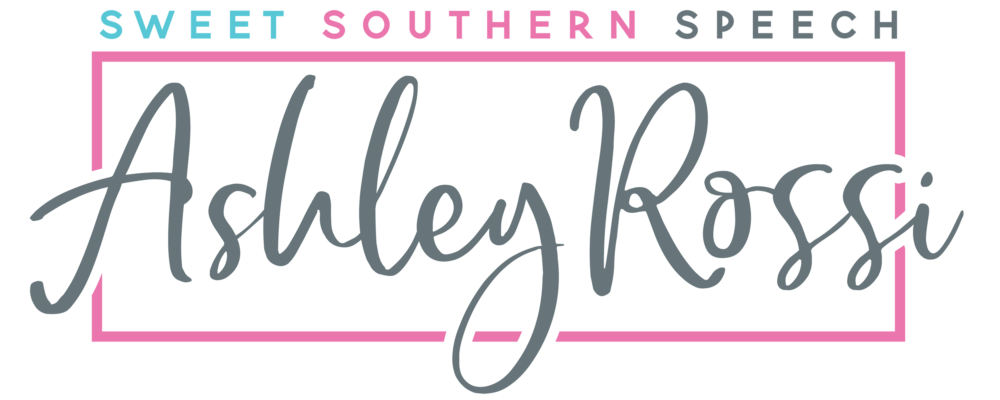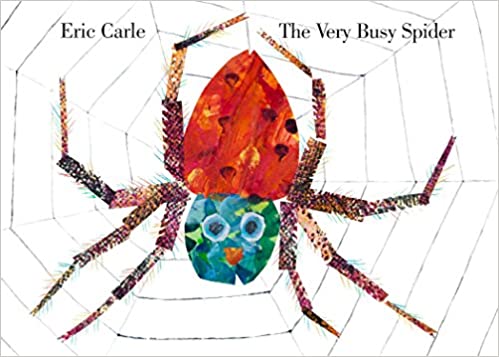Early one morning a little spider spins her web on a fence post. One by one, the animals of the nearby farm try to distract her, yet the busy little spider keeps diligently at her work. When she is done, she is able to show everyone that not only is her creation quite beautiful, it is also quite useful!
This cute Spring, bugs, and spiders book can be used in speech therapy to target predicting and sequencing. It is also great for eliciting the following sounds: /r/, /sp/, /w/, /v/, /z/, and /er/.due to its repetitive text. Discover more of the speech and language teaching concepts for using The Very Busy Spider in speech therapy below:



